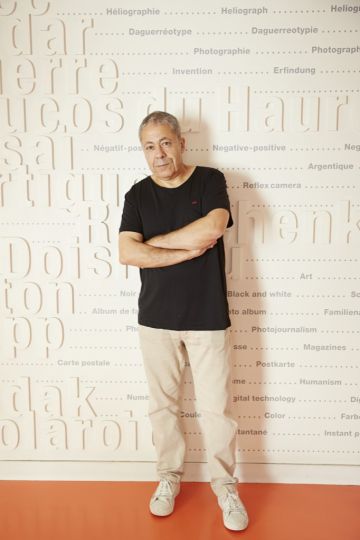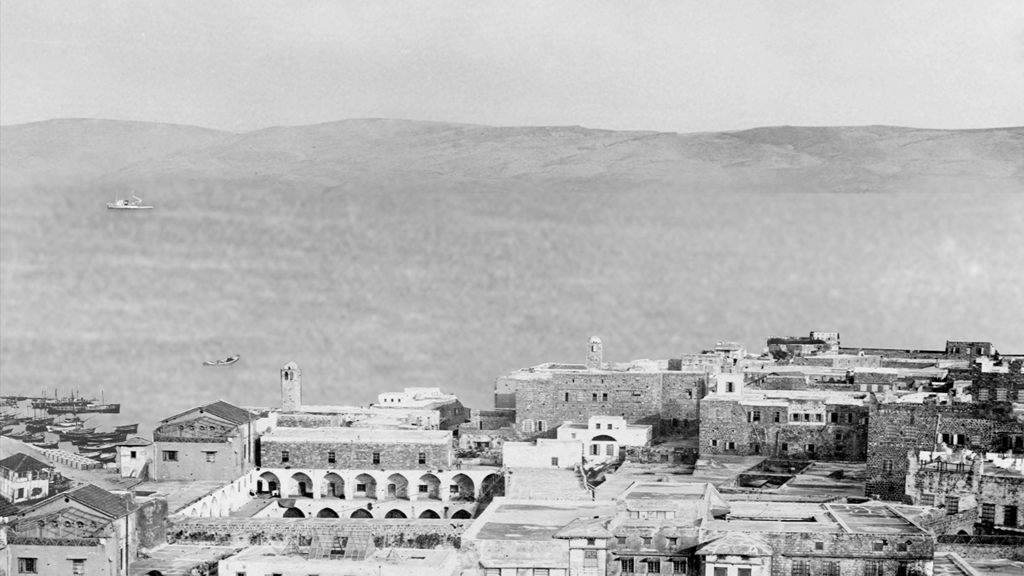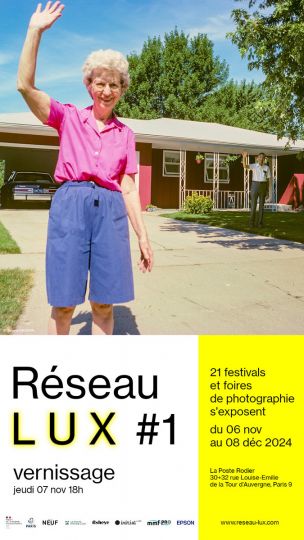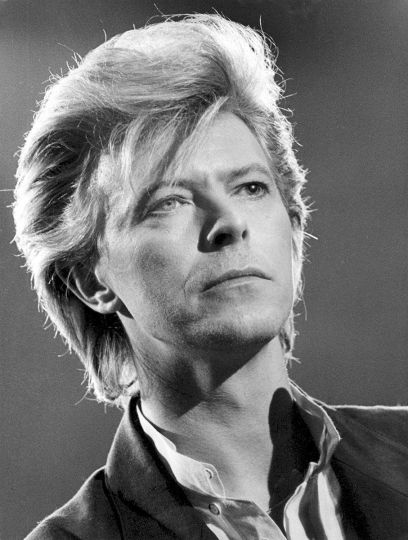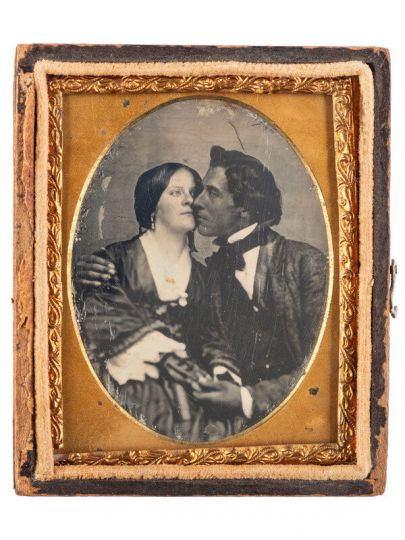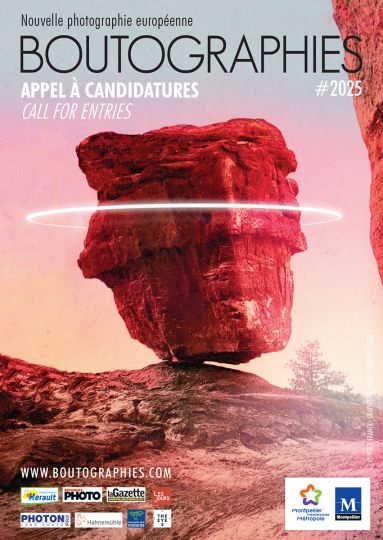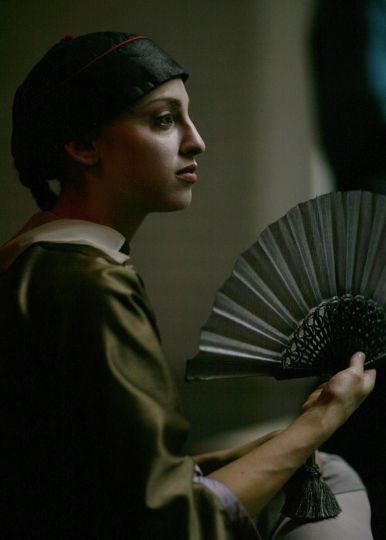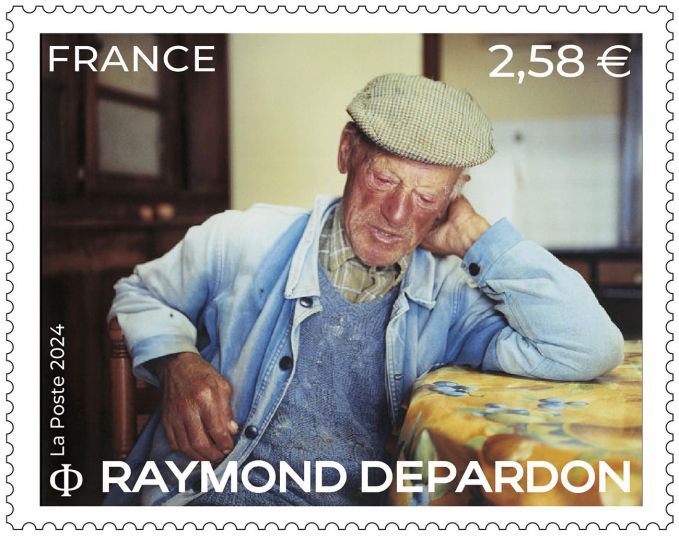He is funny, sometimes disconcerting… After 20 years of good and faithful service at Chalon-sur-Saône, François Cheval is leaving the Nicéphore Nièpce Museum. By way of farewell – temporary, because he’s sailing on to new adventures – he played the game of “You said?” by reacting, without missing a beat, to twenty key words, one for each of the twenty years spent at the museum.
1/ Red?
I’ve always been someone who’s fairly free, I was born in 1954, I’m from Besançon. In the 70s, I was a militant in the PSU (Unified Socialist Party), that’s to say the party of worker control. Besançon’s really Pierre-Joseph Proudhon’s town. It’s in my genetic code, it comes from there. I’m really a lower middle-class person, but one who knows who he works for. Red, yes, it’s the colour of this badly-made world. I think that this world has need of change and that the artist’s role is to give another perception of it, to criticise it so that it can be changed. So red, for me, is a beautiful colour.
2/ Museum?
I knew the great period for museums. I’m one of those people who think that what Jack Lang and his ministry did was really a great example… From 1981, he put in place a network that covered all of the French territory, though which the nation could achieve a higher level through culture. Culture is not an accumulation of knowledge, it’s above all the possibility of giving everyone the chance to have a critical sense. To be cultivated, not to be subjected to an imposed culture.
3/ Museum today?
I had the chance to have the means, an audience and the possibility to experiment permanently, to give artists the means to offer a different world view. The museum is the Abbé Grégoire’s idea dating from the French Revolution, which the present government has forgotten about by focussing on the performing arts and trying to satisfy only one part of the cultural milieu. We forget that looking at the works is a special thing. To battle against the merchandising is to give time for contemplation to the people, to everybody, and above all to those excluded from culture.
4/ Festival?
I wrote a text that is, in my opinion, seminal, entitled “For a useful photography festival!” (read it here). There’s a time when we can say what displeases us in others and there’s a time when reality has to be confronted. Having been invited to the 2017 edition of the Bordeaux-Mérignac festival, I’m going to try to implement what I said. For example, the first thing that seems important to me is to pay the photographers. A simple thing but obvious… Few of the festivals do it in France. Nevertheless it’s the least, that an artist be paid.
5/ Sponsorship/partnership?
I come from a world that, traditionally, has a real mistrust of business. Over time I’ve succeeded in challenging this presupposition. Today business has a respect for artists, a respect which unfortunately we often no longer find in the public service.
6/ Competition/award/
It’s good that they exist but to be aware that the economy is only based on them is to be conscious of a real problem. It’s not normal that photographers no longer find their place in the press or even in the corporate…
7/ Collection?
Paul Jay, the founder of the Nicéphore Nièpce Museum in 1972 did a great job: from the Nièpce collection of about a hundred objects, he created a museum that brought together among other things the most beautiful collection of Mario Giacomelli, of Hans Hartung’s photography (separately from the foundation that bears his name). Paul Jay understood that Jean-Pierre Sudre et Denis Brillat were not simple interior decorators… From this foundation, it was easy for me to be open to other things… I’m very happy to say that the Nicéphore Nièpce Museum has become home to Patrick Tosani, to Ange Leccia, to Mac Adams, Stanley Greene, Antoine d’Agata… It’s there that the first museum exhibitions of Raphael Dallaporta, etc. took place. To sum up, in 20 years we championed 140 contemporary photographers and, practically equally, men and women. That’s very important… Because photography is also women’s business. I stress: the great majority of photographers are women.
8/ Residency?
I’ve never thought that a provincial museum was there to be filled with the known and the recognised. A museum, therefore, is also there to offer the possibility for an artist to have the means to move on to a higher stage. The residency is one of them.
9/ Militate/commit?
I’ve done this work for 32 years – I’m a sociologist and an ethnologist by training – I realised that each time I write ten or fifteen pages, I don’t have many readers. The artists themselves are more effective. I really believe in the fact that artists are smugglers. As a vision it’s a bit romantic, but I wait for the artists that they take us elsewhere.
10/ What did you like most at the museum?
Working with the team I put together. I was really happy with them. Every day, working with them was a pleasure.
11/ What did you detest?
Nothing much… the last moments…
12/ Photography 20 years ago, photography today?
When I arrived, twenty years ago, I knew nothing about photography. Every day I learnt… Every day I realised that photography was advancing faster then me. You couldn’t predict what photography would be like in ten years time. When I arrived, USB keys didn’t exist… I was lucky to have a lab manager who told me to move on to digitisation. As everything evolves, what doesn’t change is that there will always be young and old who will want to tell stories with images.
13/Instagram/Internet ?
I’m efficient enough on Facebook. The social networks are incredible tools that allow me to convey ideas because, there, I know that people follow me. Without any kind of humility, I’ve published a few great articles. I’m even a bit of an addict: I say to myself: if I don’t post something every three days, I’m not serious…
14/ Photographer: artist and/or amateur
I’ve never wanted to separate artists and amateurs. The only thing that interests me is photography as a concept. Photography is a medium that gives everyone the possibility of expressing themselves in different styles. At the museum we work in the same way with one or the other. Photography is a complex object. And the pros, just like the amateurs are left with the same specifications: it is difficult to find the boundaries… Nièpce invented something that allows everyone to find their place. It would be scandalous not to take into account these diverse practices.
15/ Discovery?
Brihat is someone I discovered late in life. It’s a shame… all that because I had ideological prejudices and I preferred American street photography which I found more modern and fairer… It took me some time to understand the one did not exclude the other. There wasn’t a photographer that I championed for whom I didn’t have real empathy. Nevertheless, they hurt me… In the sense that their images made me suffer because they pushed me into a corner and made me go beyond my convictions.
16/ Taking stock?
I’ve never liked the idea of taking stock, I live from day to day. That goes for photography as well as my life: I don’t take stock because my life goes on… I still have things to prove.
17/ Regrets?
No, I have no regrets… Even though I could report that I could have done some things better… I’m always hungry. Sometimes I have the impression that I’m an ogre at work, if I look at the number of books and exhibitions I’ve done this year, for example…Sometimes it frightens me… I don’t sleep much…
18/ Passion?
You know how I am… It’s not worth insisting… I hate artists who spill their guts on the table… That’s funny enough, when you know my personality, to see how often the artists I promote are people who keep their distance, while on the other hand I’m quite the opposite. I think that I’ve really found them… I ask myself if the artists are not my therapy…
19/ Future?
It’s wherever photography has to be created… For example, it’s curating an Isabel Muñoz retrospective exhibition in Madrd. The future, it’s the end of the bureaucracy, no more being struck by some mediocrity in the daily life of the public service, even though I’ve been a good little soldier for more than thirty years. The future, it’s also fighting for more modest projects like finding a place in Europe for a retrospective of Stephen Shames who followed the Black Panthers in the 1960s. In the end, for me, the future is continuing to promote another way of writing the history of photography.
20/ Last word?
Times are hard, very, very hard, and are going to be harder in France in 2017. All the more reason for people like me not to give up and think that we have some kind of social and political usefulness. We’re not there simply to decorate some rooms. Above all we’re there to put artists directly in contact with the real world so that, maybe, it will change things just a little.
Interview by Sophie Bernard
Lamia Joreige, Yan Pei-Ming, Stéphane Couturier
Nicéphore Niépce Museum
From 15th October 2016 to 15th January 2017
28 Quai des Messageries, 71100 Chalon-sur-Saône
http://www.museeniepce.com/

